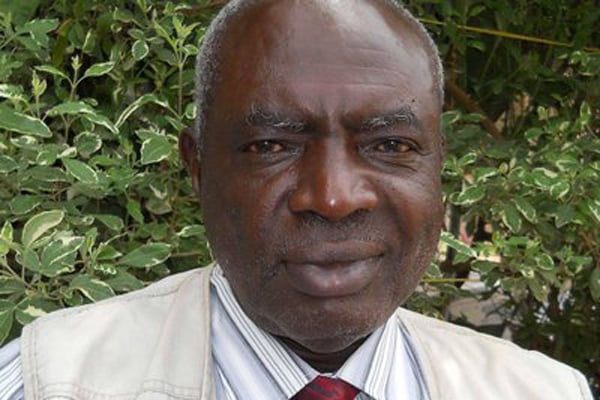High cost of fertiliser affects progress

Michael J. Ssali
What you need to know:
The prices have also sky-rocketed for other types of fertilisers such as CAN, DAP, and NPK, not to talk about prices for all other manufactured agricultural inputs such as pesticides and herbicides that have also shot up
The recent few months have seen a drastic rise in the cost of fertilisers that is bound to hamper agricultural production for Uganda unless steps are taken to reverse the situation.
In August this year, for example, a 50-kilogramme-bag of UREA cost one hundred and twenty thousand shillings. As you read this article today (in November) the same size of a bag of UREA costs one hundred and seventy thousand shillings in most farmers’ shops.
The prices have also sky-rocketed for other types of fertilisers such as CAN, DAP, and NPK, not to talk about prices for all other manufactured agricultural inputs such as pesticides and herbicides that have also shot up.
What is taking place is exactly contrary to what is stated in our National Fertiliser Policy 2016, the National Agricultural Policy, the Agricultural Sector Strategic Plan, and the Abuja Fertiliser Summit 2006 Declaration.
Increased fertiliser usage is one of the key strategies that we must adopt to boost our country’s agricultural production and productivity.
There is no need to repeat here that agriculture which employs nearly 80 percent of the population and contributes 40 percent of the country’s exports, is central to Uganda’s economic growth and poverty reduction.
The need for increased use of fertilisers is stressed in Vision 2040 which aims at transforming Uganda from a predominantly peasant and low-income country to a competitive upper-middle-income country.
The Abuja Fertiliser Summit 2006 Declaration recommended that African countries apply 50 kilogrammes of nutrients per hectare in order to achieve the Comprehensive African Agricultural Development Programme (CAADP) target of six percent annual growth in the agricultural sector.
In the National Fertiliser Policy whose foreword was authored by then Minister of Agriculture, Vincent Ssempijja, it is stated: “Uganda is far from achieving this target, and its loss of soil nutrients remains one of the highest in Africa. To reverse the situation, Government must address the binding constraints to the development of the fertiliser sub-sector. The fertiliser market remains underdeveloped and fragmented and has persistent gaps in the legal and regulatory frameworks.”
Why then are farmers still finding it so hard now to purchase fertilisers?



